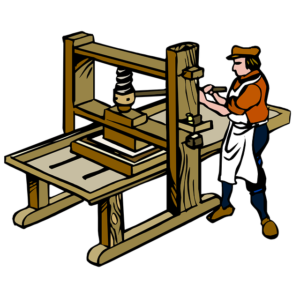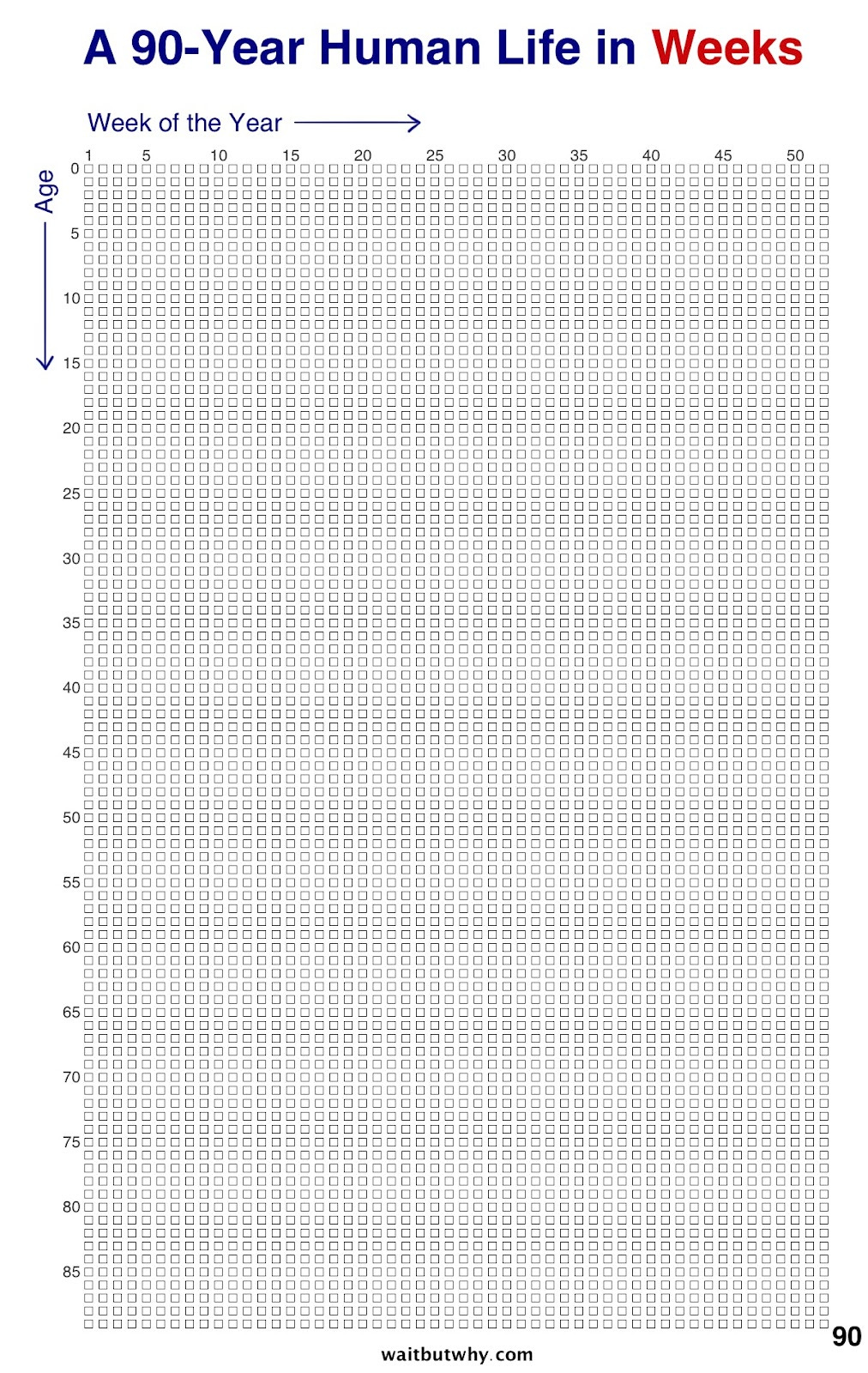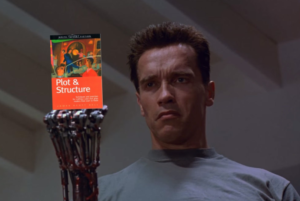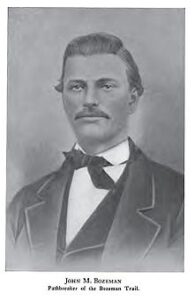We’re leading with the questions in today’s Words of Wisdom:
What sort of writer are you? Do you only work on one project at time, or do you have multiple irons in the fire? Have you ever worked on two projects simultaneously that are at the same stage? If so, how do you juggle them? If you haven’t, have you considered it? Oh, and do you know your writer type?
Okay, that last needs more context, and Kathryn Lilley provides it below, in the last of our three excerpts today. Clare-Langley Hawthorne’s post discusses her own consideration, prompted by her agent, of working on two projects simultaneously, while James Scott Bell talks about the lure of a hot new idea when you are already working on multiple projects.
As always, the full post for each excerpt are date-linked below.
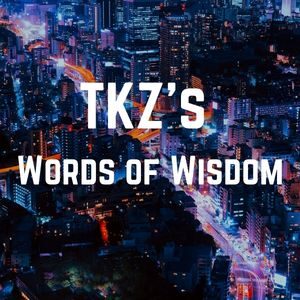
When I met with my agent a few months ago he raised an interesting suggestion – that perhaps I consider juggling multiple WIPs at once. While I have certainly managed copy edits while writing a new project, I have never actually juggled two WIPs and I am intrigued as to the practicalities of having more than one active project on the go at once. To be honest I am a bit of a linear writer, tackling one draft at a time, but now I am seriously considering the possibility of trying to complete multiple WIPs simultaneously…and I need some advice.
- For those of you who have juggled multiple WIPs, how did you handle it?
- How did you divide your time and deal with the development process for each?
- Were you able to retain a sense of balance?
- Was it easy to keep each ‘voice’ unique or did the projects blue or affect the others?
All and any advice on juggling multiple projects will be gratefully received (!) while I try and wrap my head around getting back into the swing of writing once more…I have to tell you though moving countries plays havoc with your schedule:)!
Clare Langley-Hawthorne—September 6, 2010
You’re working on a project, you’ve got a deadline. In some cases, like my own, you have two or three projects going and you are getting close to the various finish lines.
But then you’re walking along from the store or the coffee house, and it tiptoes up––that new idea, that inspiration, that concept, that what if?
You try to ignore it at first. Or maybe you give it a little dalliance, while at the same time part of your brain is saying, Stick with the program, bud. You haven’t got time for this!
But this new idea, shoved up from the basement where the boys are hard at work (and they have closed the door so the idea can’t go back down) beckons to you. It winks. It nods. Whatever the scent it’s wearing, it’s intoxicating.
So you figure you’re merely walking along, nothing’s really happening, why not give this idea a little time?
And that’s when you’re cooked. That’s when the hooks go in.
So you take the new idea out for a drink. It’s totally innocent. You’re not wedded to this idea. You have a couple of other ideas you’re married to waiting for you at home. But you’re not home. So just one drink to talk things over, see what’s happening, and maybe you can just part as friends.
But part of you knows it is oh so dangerous to drink with a new idea. You don’t want to admit you’re really attracted to it. You certainly don’t want your other projects to get jealous. But there you are, ordering from the bartender, and all of a sudden you’re looking at your idea and imagining her all dressed up.
She’s wearing a great opening chapter.
Underneath that is a perfect structure.
This idea has legs.
Stop!
But it’s no use. Your idea is flirting with you. And you like it.
You all know what I’m talking about. It happened to me the other day. I have three front-burner projects I have to finish. But I made the mistake of taking a long walk without any keyboard in front of me.
There flashed the idea! Oh, it was a honey. I started to dally. Two main characters. What was their story? Why would they be thrust together after this suspense-filled first scene?
Oh, I know! I can give them this great Doorway of No Return into Act II!
And who is waiting for them there? A villain, of course! And he’s baaaad….
But is that all? No, my characters each need a “mirror moment” to tell me what their stories are really all about.
Hers: I’ve got it!
His: Yes, that’s it!
The idea whispered, “Buy me another drink.”
And now, guess what? I asked the idea to marry me!
And she said, “Yes!”
Ah, Cupid! I am undone!
James Scott Bell—September 6, 2015
I spent some time today pondering the variety of our styles. Here’s my list of some of the major categories and characteristics of the writer species:
1) The Proud Pantster
Outlines? You don’t need stinkin’ outlines! To get inspired, you bite the heads off voles and spit them out. Sure, sometimes you have to perk up saggy spots in the pace by throwing in a dead body or two. But hey, that’s the way you roll.
2) The Reluctant Pantster
You always plan to outline, but never get around to it. You feel remorseful that your track record is so haphazard. You promise to outline the next one.
3) The Writer-Terminator
You churn out an impressive quota of words every day. No. Matter. What. You finish projects before deadline, and juggle multiple WIPs while breaking the minute mile on the treadmill. Your fellow writers admire you. And resent you.
4) The Unemployable-As-Anything-Else-But-Writer Writer
Thank goodness you can write pretty well, because basically, you have no other marketable skills. If it weren’t for words, you’d be pushing a shopping cart.
5) The Accidental Writer
You didn’t plan to spend your career writing fiction–it just seemed to happen. A series of lucky breaks meant that you didn’t have to work too hard to get published. You don’t like to talk about how you got started–people get annoyed. Besides, nowadays, you are definitely suffering
6) The Cranky Writer
You like having written, but you hate to write. Writing for you is like pulling out a fingernail. And then smearing the blood on the screen. Your bottom line: Writing. Sucks.
7) The Harried Writer
You cram in your writing time between a million other duties: job, family, life. Your perennial dream is to go on a writer’s retreat. Or simply to take a nap.
8) The On-deadline Writer
See Harried Writer. See also Cranky Writer.
9) The Fantasy Island Writer
Words flow easily from you, in delicious, buttery prose. You landed your agent and a contract with a Big-6 publisher within weeks of finishing your first draft. You don’t understand what people mean when they say they’re “blocked.” When you write, you’re simply taking dictation from a band of leprechauns who conjure stories deep inside your brain.
Just one problem: You don’t actually exist.
Kathryn Lilley—February 4, 2014
***
Up to this point, I’ve never been able to work on two projects simultaneously, though I keep returning to the idea. If you have tried it, are both projects in the same genre, or different ones?
When it comes to writer types, what’s yours? Feel free to add your own type to Kathyrn’s fun list. I’m “the Novel Journaling Outliner: Needs to figure out the beats, the ending, character motives and goals, while troubleshooting, brainstorming, and thinking about the book in the (digital) pages of a novel journal.”
I look forward to your comments!

